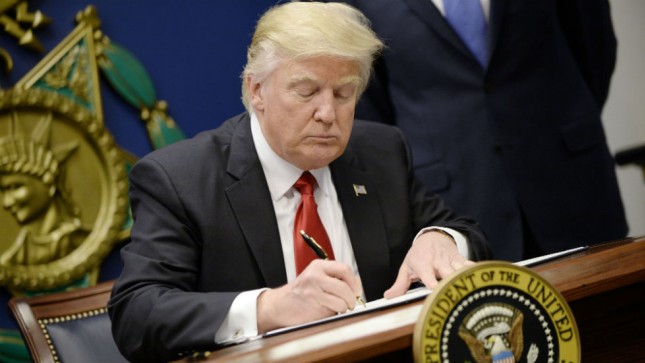Donald Trump has drawn fire over an attempt to take credit for a record year in aviation safety.
The US president appeared to trump his own “fake news” awards with a tweet that has been slammed by aviation commentators and officials for ignoring the long-term industry strategy to drive down the accident rate.
“Since taking office I have been very strict on Commercial Aviation. Good news – it was just reported that there were Zero deaths in 2017, the best and safest year on record!” Trump tweeted on Tuesday.
The tweet was a response to a report by the Aviation Safety Network noting there had been just 10 commercial aircraft crashes in 2017 and no jet accidents or fatalities.
The independent safety database service, which is part of the Flight Safety Foundation said it recorded a total of 10 fatal commercial aircraft accidents in 2017 involving cargo planes or civil aircraft capable of carrying 14 or more passengers.
These produced 44 occupant fatalities and 35 deaths on the ground.
The figures translated into one fatal passenger aircraft accident per 7.36 million flights, based on expected worldwide air traffic of 36.8 million flights.
The ASN, part of the Flight Safety Foundation, noted the industry had experienced a record 398 days without a passenger jet airliner accident up to December 31.
“Additionally, a record period of 792 days has passed since the previous civil aircraft accident claiming over 100 lives,’’ it said.
Aviation authorities, airlines and associations have been working diligently for decades to bring down the aircraft accident rate, aware that rising passenger demand and increased aircraft traffic would result an increase in the frequency of crashes if this didn’t happen.
ASN president Harro Ranter told Reuters: ”It’s impossible to link the worldwide level of safety directly to recent U.S. policy changes.
“U.S. efforts have been instrumental to get to where we are today, but it takes years for policy changes to reach effect, and only in conjunction with other efforts by the aviation industry.”
























